1. Montauk Lighthouse – New York
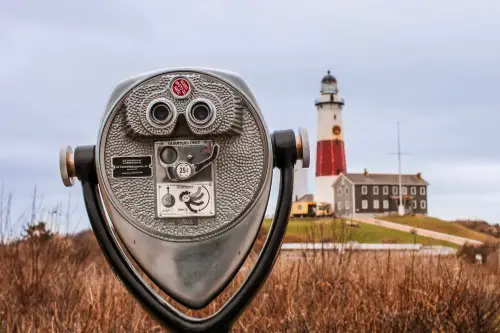
Montauk Lighthouse, perched on the far eastern tip of Long Island, has been standing for over 225 years. But the very ocean it was built to watch over is now threatening to destroy it, according to Business Insider. The cliffs beneath the lighthouse are eroding at an alarming rate due to harsh waves and rising sea levels. Where there was once plenty of land between the lighthouse and the edge, the ocean has crept dangerously close.
In recent years, emergency efforts have been made to slow the erosion, including installing large boulders to reinforce the shoreline. However, these measures are only temporary fixes. Some experts believe that if action isn’t taken soon, the lighthouse may eventually need to be relocated—an incredibly difficult and expensive undertaking. As storms grow stronger and the coastline continues to change, Montauk Lighthouse faces an uncertain future.
2. The Statue of Liberty – New York
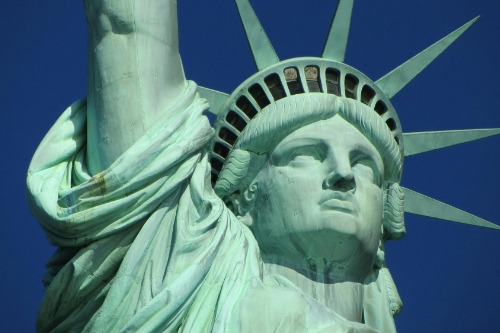
Lady Liberty still stands tall in New York Harbor, but the elements are wearing her down, according to Urban Omnibus. One of the biggest threats she faces is climate change. Rising sea levels and increasingly severe storms have put Liberty Island in jeopardy, with flooding becoming a bigger problem every year. In 2012, Hurricane Sandy sent water surging over the island, causing massive damage to its infrastructure. The statue itself survived, but the flooding made it clear just how vulnerable she really is.
Beyond storm damage, time is taking a toll on her structure. Her copper skin has been exposed to over a century of wind, rain, and salt air, causing slow but steady deterioration. Inside, her iron framework—designed by Gustave Eiffel—has been prone to corrosion over the years, requiring multiple restorations. While she’s been reinforced and repainted numerous times, the wear and tear will only continue. Without constant maintenance, the world’s most famous statue could eventually succumb to the elements.
3. Alcatraz Island – California
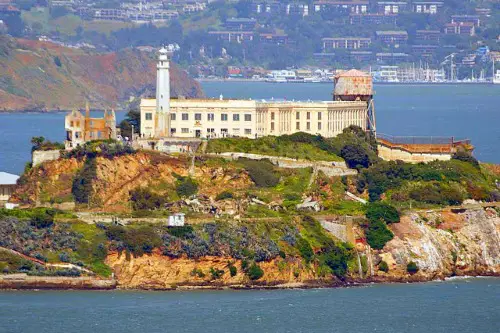
Alcatraz, the infamous island prison in the middle of San Francisco Bay, is crumbling under the weight of time and nature, according to Newsweek. The prison’s concrete walls have been cracking for decades due to constant exposure to salt air and moisture. The same isolated, misty environment that once made it the perfect high-security prison is now its greatest enemy. Pieces of the structures are falling apart, and visitors can even see large cracks forming in the main cellhouse and other buildings.
Adding to the problem, rising sea levels and coastal erosion are threatening the very foundation of the island itself. Studies suggest that by the end of the century, much of Alcatraz could be underwater if current trends continue. The National Park Service has worked to stabilize the buildings, but nature has a way of reclaiming what’s hers. Without serious intervention, the famous prison could one day be reduced to ruins, swallowed by the very waters that once made it so inescapable.
4. The Gateway Arch – Missouri
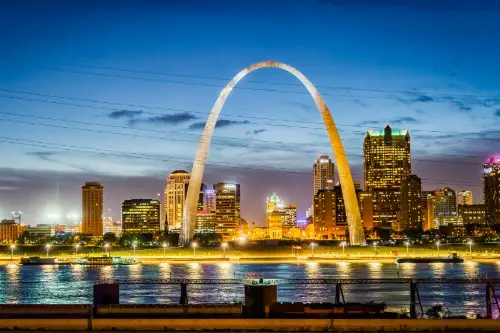
St. Louis’ Gateway Arch is an engineering marvel, but according to WJE, it’s not as invincible as it looks. Over the years, concerns have grown about its structural integrity. While it’s made of stainless steel, exposure to extreme temperatures and humidity has caused expansion and contraction, which puts stress on the metal. Small cracks have begun forming in certain areas, and experts worry that if not properly managed, they could grow into a larger issue.
Another major concern is its underground foundation. The arch was built on land that was once swampy and prone to shifting. While engineers reinforced the ground before construction, shifting soil remains a risk. If the foundation were to settle unevenly, it could cause the entire structure to tilt over time. Preservation efforts are ongoing, but as the years pass, keeping the Gateway Arch standing strong will only get more difficult.
5. Mount Rushmore – South Dakota
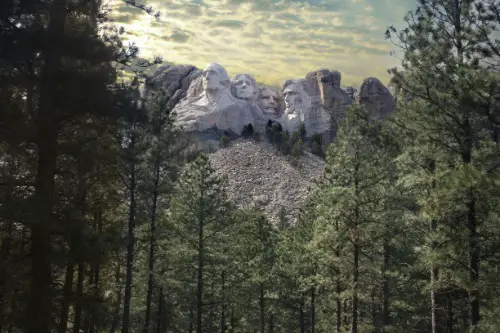
Mount Rushmore is one of America’s most recognizable landmarks, but those massive faces carved into the Black Hills aren’t as solid as they look. The mountain itself is slowly breaking down due to the natural freeze-thaw cycle, according to NBC News. Water seeps into cracks in the granite, and when temperatures drop, the water freezes and expands, making the cracks even larger over time. This continuous process weakens the rock and causes small pieces to break away, making preservation a constant challenge.
Adding to the problem, Mount Rushmore wasn’t carved into a single, solid block of granite—it has natural fractures that were present long before the carving even began. Over time, these fractures have widened, creating additional vulnerabilities. While preservation teams work to monitor and fill in cracks, they’re fighting a never-ending battle against nature. There’s no way to stop erosion entirely, and experts worry about the long-term future of this iconic monument.
6. Mesa Verde Cliff Dwellings – Colorado
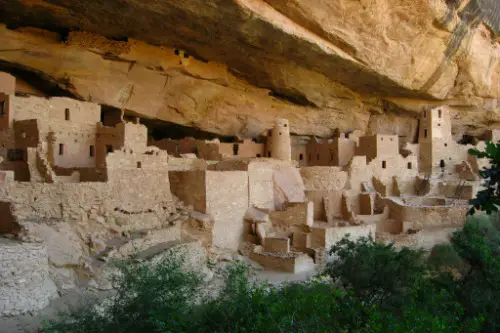
The ancient cliff dwellings of Mesa Verde National Park, built by the Ancestral Puebloans over 700 years ago, are among the most fascinating historical sites in the U.S. But these delicate sandstone structures are in serious danger. Natural erosion, climate change, and human activity are all taking a toll on the fragile dwellings. Rainwater seeps into the stone, causing pieces to weaken and break away, while rising temperatures and drought conditions are accelerating the process.
Adding to the problem, increased tourism has caused unintended damage. Even with careful preservation efforts, the simple act of visitors walking near the structures can contribute to their deterioration. Park officials are working to stabilize the dwellings, but with their delicate nature, complete preservation is nearly impossible. Without careful intervention, some of these ancient homes could eventually collapse entirely, erasing a vital piece of American history.
7. The White House – Washington, D.C.
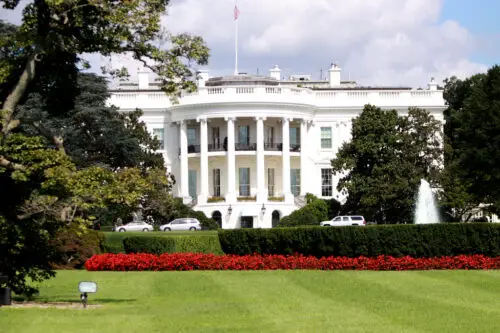
The White House may be one of the most famous buildings in the world, but it’s not immune to decay. Originally built in the late 1700s, the mansion has undergone numerous renovations over the centuries. Despite these efforts, structural issues continue to plague the building. The foundation has settled unevenly over time, causing cracks to form in the walls. The constant weight of renovations and modifications has also put strain on its aging framework.
One of the biggest ongoing issues is water damage. Leaks have been a persistent problem, leading to mold and deterioration in certain areas. The building’s electrical and plumbing systems have also required frequent overhauls to keep up with modern needs. While the White House won’t be falling down anytime soon, it requires constant maintenance to remain standing. Without continuous care, America’s most important residence could face serious structural challenges in the future.
8. The National Mall – Washington, D.C.
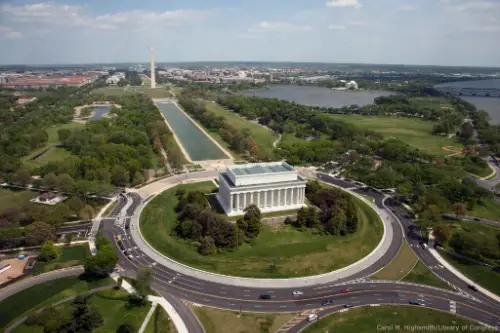
The National Mall, home to some of America’s most famous monuments, is quite literally crumbling in some areas. Decades of heavy foot traffic have taken a toll on the landscape, compacting the soil and causing drainage issues. Sinkholes have even appeared near the Lincoln Memorial Reflecting Pool, highlighting just how serious the problem has become. The aging infrastructure beneath the Mall, including outdated pipes and electrical systems, is also in desperate need of repair.
Another major concern is the deterioration of the monuments themselves. The Jefferson Memorial, for example, has been experiencing structural problems due to moisture damage, while the Washington Monument has suffered from cracks caused by past earthquakes. Preservation teams are working to restore these landmarks, but as wear and tear continues, keeping the National Mall in top shape is becoming a never-ending challenge.


